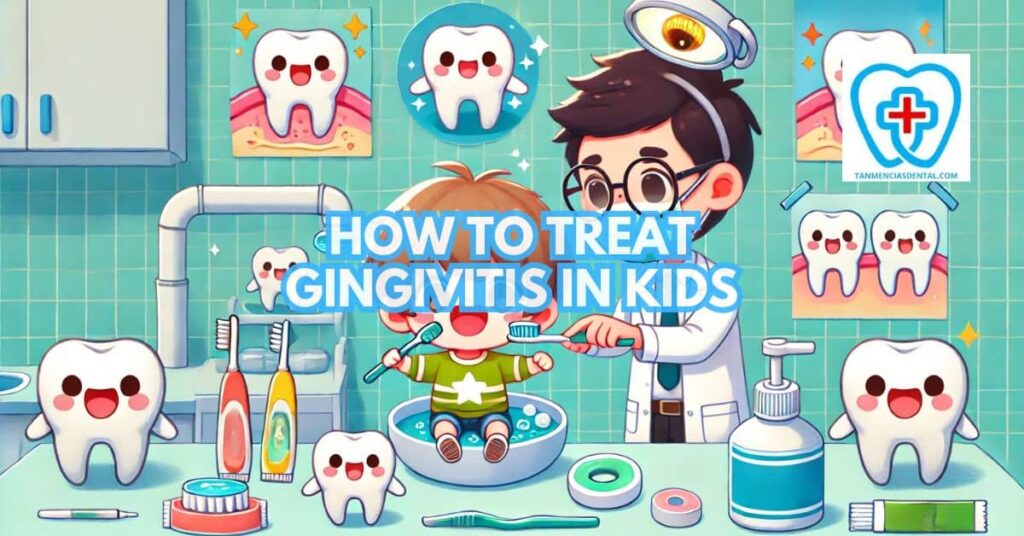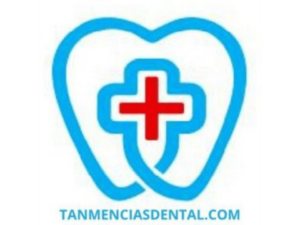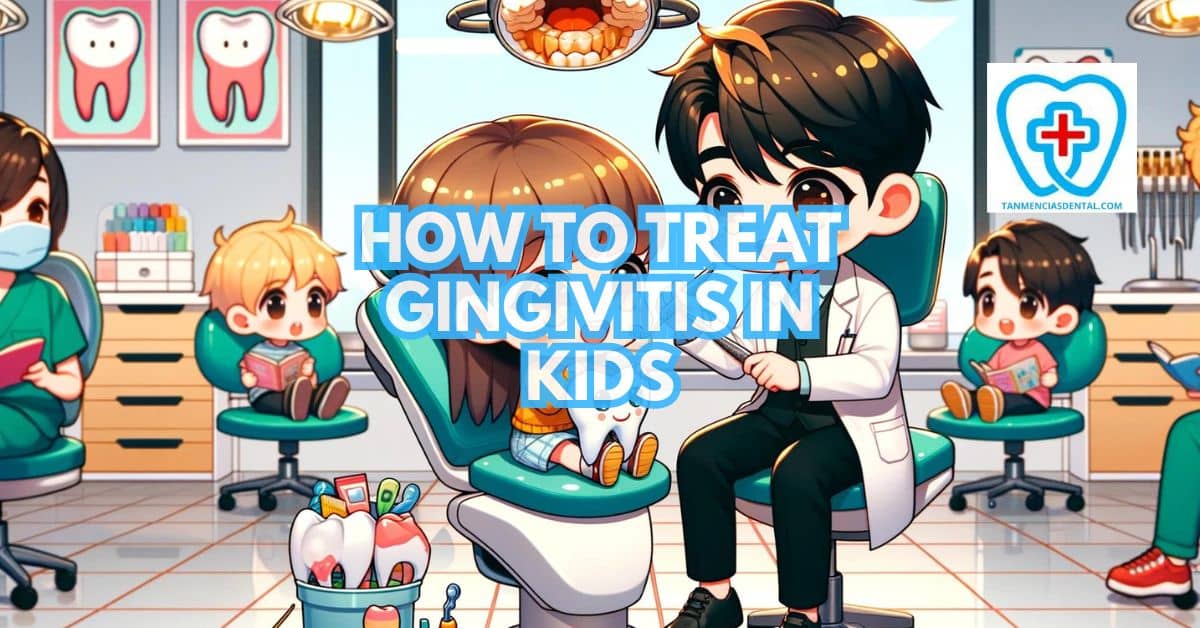Gingivitis is a gum disease that often affects kids, especially when they don’t brush or floss regularly.
It happens when plaque, a sticky layer of bacteria, builds up on teeth and irritates the gums.
If left untreated, it can lead to more serious dental problems.
Knowing how to treat gingivitis in kids is important for preventing these issues and keeping their gums healthy.
With early detection and proper care, parents can help stop gingivitis before it becomes a bigger problem.
1. Gingivitis: Gum Trouble Explained
Gingivitis is the earliest form of periodontal disease, and it starts when plaque builds up on the teeth due to poor oral hygiene.
Plaque and tartar, which is hardened plaque, irritate the gums and cause them to become red, swollen, and sometimes painful.
If plaque is not removed regularly, it hardens into tartar, which is difficult to remove without a dentist’s help and can lead to more serious gum problems.
Common signs of gingivitis include gums that bleed during brushing or flossing, persistent bad breath, and gums that appear puffy or tender.
Gingivitis treatment for kids involves daily brushing, flossing, and regular dental checkups to remove plaque and tartar.
Dentists may also recommend a professional cleaning to get rid of tartar and prevent further gum damage.
By addressing gingivitis early, parents can help prevent it from turning into a more advanced form of periodontal disease.
🦷 Can Cavities Really Be That Dangerous? What Happens If You Ignore Tooth Decay
2. Warning Signs: Spotting Gingivitis in Your Child
Parents should watch for early signs of gingivitis, which is a form of gum disease that affects the gum tissue.
Key warning signs include gums that bleed easily during brushing or flossing, as well as gums that appear red or swollen.
Another common sign is gum inflammation, where the gums become puffy and sore.
In more serious cases, the gums may begin to recede, pulling away from the teeth and making them appear longer.
Persistent bad breath or a bad taste in the mouth can also indicate that gingivitis is present.
By catching these symptoms early, gingivitis can be treated more effectively, preventing further damage to the gum tissue.
Regularly checking your child’s mouth and encouraging them to report any discomfort is essential for early detection and treatment.
🦷 How to Stop Gagging While Brushing Your Teeth: Easy Ways to Beat the Discomfort
3. Brushing Power Up! Techniques for Healthy Gums
Effective brushing is a key part of preventing gingivitis and promoting healthy gums in children.
In pediatric dentistry, it’s recommended that your child use a soft-bristled toothbrush to gently clean along the gum line, as brushing too hard can irritate the gum tissue.
Your child may need extra help learning how to brush properly, so make sure to supervise and guide them until they master it.
Brushing should be done twice a day—once in the morning and again before bed—for at least two minutes each time.
Using fluoride toothpaste is also important because it strengthens tooth enamel, helping to protect against decay and gum disease.
Without proper brushing, plaque can build up, leading to gingivitis, which can eventually cause tooth loss if left untreated.
To make brushing fun and effective, try brushing together with your child, turning it into a shared daily routine.
🦷 Can You Brush Your Teeth Before Getting Your Wisdom Teeth Out? Here’s How to Prep
4. Flossing Fun: Keeping It Clean Between the Teeth
Flossing is an essential part of preventing and treating gingivitis in children, as it helps remove plaque and food debris from areas between the teeth that brushing alone cannot reach.
By teaching children to floss early, parents can help them build lifelong habits that protect their gums from disease and reduce the risk of receding gums.
To encourage children to floss regularly, parents can offer flavored floss or colorful, fun-shaped floss picks made specifically for kids.
Demonstrating proper flossing technique is important—show your child how to move the floss gently between the teeth and curve it around each tooth near the gum line to remove plaque effectively.
It’s best if children floss at least once a day, ideally before bed, to keep their gums healthy.
Neglecting to floss can lead to a buildup of plaque, increasing the chances of developing gingivitis in children.
With regular flossing, children will be less likely to experience gum problems such as swelling, bleeding, or receding gums.
🦷 Brushing and Flossing with Braces: How to Keep Your Smile on Point

5. Diet Detectives: How Food Affects Gums
A balanced diet is crucial for healthy gums and teeth.
Foods high in sugars and starches increase the amount of plaque on teeth, while crunchy fruits and vegetables like apples and carrots can help clean teeth naturally.
Vitamins and minerals, particularly vitamin C and calcium, play an important role in maintaining gum health.
Encourage your child to drink water after eating, especially if they’ve consumed sugary or sticky foods, to help wash away food particles and bacteria.
Teaching children about the impact of their diet on their oral health can motivate them to make healthier food choices.
🦷 Can You Brush Your Teeth After Getting a Filling? Here’s What You Should Know
6. Salty Superhero: Soothing Gums with a Salt Rinse
A saltwater rinse is a simple, effective remedy to soothe inflamed gums affected by gingivitis.
The salt helps reduce swelling and kills bacteria that contribute to gum disease.
Teach your child to swish the saltwater solution in their mouth for 30 seconds and then spit it out, doing this up to twice a day as needed.
Ensure that your child understands not to swallow the saltwater, as it can be harmful if ingested in large amounts.
This method can be particularly comforting after flossing, when gums might be more sensitive.
🦷 Why Does My Mouth Peel After Brushing? Let’s Figure It Out
7. Superhero Checkups: Why Regular Dental Visits Matter
Regular dental visits are vital for maintaining oral health and catching gingivitis early before it leads to more serious problems.
A dentist can perform professional cleanings to remove tartar that can’t be eliminated by brushing and flossing alone.
These visits also allow the dentist to monitor the development of your child’s teeth and gums, providing timely interventions when necessary.
Encourage your child to see the dentist as a positive experience by preparing them beforehand and discussing the benefits of healthy teeth and gums.
Ideally, schedule dental checkups every six months, or as recommended by your child’s dentist.
🦷 Can a Tooth Abscess Be Deadly? What You Need to Know About the Risks
8. Fluoride Treatments and Sealants: Protecting Kids’ Teeth
Fluoride treatments help make tooth enamel stronger, which protects teeth from cavities and decay.
These treatments are applied by a dentist during regular checkups and are safe for children.
Dental sealants are thin coatings that cover the chewing surfaces of back teeth to block plaque and bacteria.
Sealants fill the grooves and pits where food can get stuck, making it easier to keep teeth clean.
Together, fluoride treatments and sealants are effective ways to prevent gum disease and keep your child’s smile healthy.
🦷 What Ages Do Pediatric Dentists See? Here’s the Lowdown on Kids’ Dental Care
9. Brushing Basics: A Helping Hand for Parents
Establishing a solid brushing routine is essential for preventing gingivitis and maintaining overall oral health.
Parents should select a small, soft-bristled toothbrush that fits comfortably in their child’s mouth and replace it every three months or sooner if the bristles are frayed.
Toothpaste with fluoride should be used in an amount no larger than a pea, especially for younger children who might swallow it.
Supervise your child’s brushing to ensure they reach all areas of the mouth, including the back molars and the gum line.
It’s also helpful to set a timer or play a short song to make sure they brush for the full two minutes recommended.
🦷 Can You Brush Your Teeth Before Surgery? Here’s What You Should Know
10. Making Brushing a Blast: Fun Ideas for Kids
Turning brushing into a fun and engaging activity can significantly increase a child’s enthusiasm for dental hygiene.
Use games such as pretending to brush the teeth of a favorite toy or character to make the routine exciting.
Apps and videos that feature songs about brushing for two minutes can provide entertainment and a helpful timer.
Allow your child to pick out their own toothbrush and toothpaste, as having control over these choices can boost their interest in brushing.
Regular rewards for consistent brushing, like stickers or extra bedtime stories, can also motivate children to maintain good oral hygiene habits.
🦷 Can You Brush Your Teeth After Wisdom Teeth Removal? Post-Surgery Tips You Need
11. When to Call the Dentist: Signs You Need Help
Knowing when to seek professional help is crucial to managing gingivitis effectively.
A dentist should examine persistent symptoms like bleeding gums, extreme redness, or swelling that do not get better with routine home care.
If your child complains of tooth pain, increased sensitivity, or loose teeth, these could be signs of advancing gum disease.
Bad breath that doesn’t go away after brushing or using mouthwash is another reason to consult your dentist.
Prompt dental consultation can prevent the progression of gum disease and more complex dental problems.
🦷 Still Have Bad Breath After Brushing? Here’s Why It Might Be Happening
👨⚕️ Conclusion
Keeping your child’s gums healthy requires a commitment to regular dental care and good hygiene practices at home.
Emphasize the importance of daily brushing and flossing, regular dental checkups, and a healthy diet to prevent gingivitis.
Instill these habits early in life to help your child maintain a beautiful, healthy smile into adulthood.
Remember, preventive care is less costly and less painful than treating conditions that develop from neglect.
By taking these steps, parents can ensure their children’s gums remain healthy and free from gingivitis.
😊 Self-Promotion
Visit us at Tan-Mencias Dental Clinic, conveniently located in Parang, Marikina City, where we prioritize your smile and dental health!
Whether you have questions, need advice, or are ready to schedule an appointment, our friendly team is just a call or click away.
You can reach us by phone at 9171451074, send us a message through our website’s contact form, or connect with us on our Facebook page.
We’re committed to providing you with the best care in a welcoming environment.
Let us help you and your family achieve beautiful, healthy smiles!

